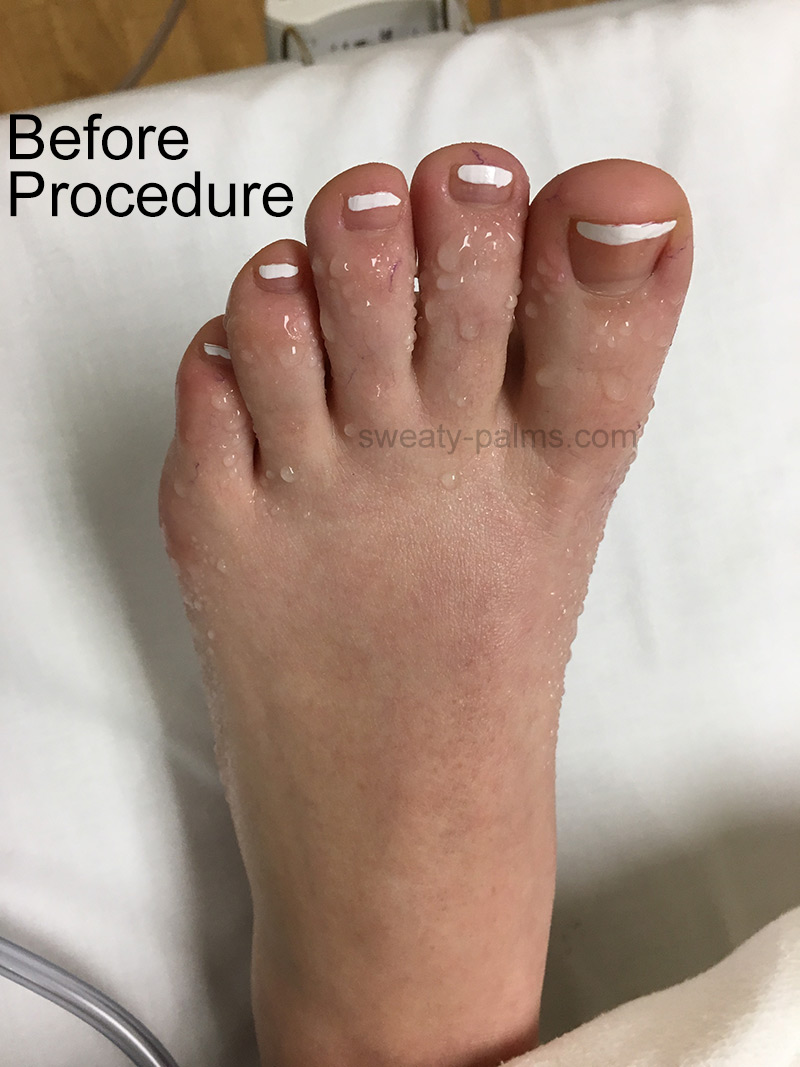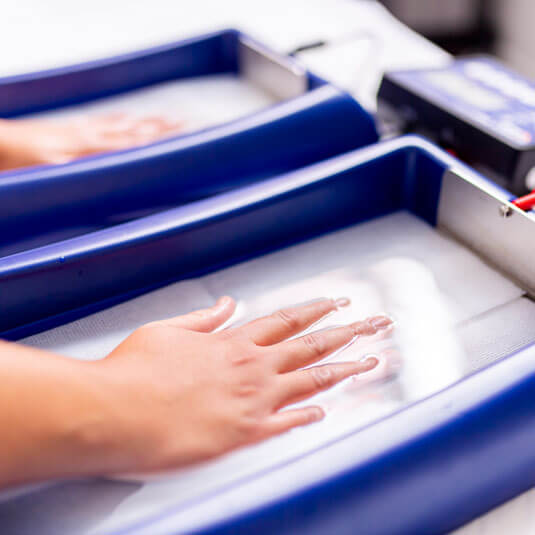Dermatology Tips and Treatments for Hyperhydrosis of Hands: Cutting-edge Solutions
Dermatology Tips and Treatments for Hyperhydrosis of Hands: Cutting-edge Solutions
Blog Article
Recognizing the Origin of Excessive Sweating and Its Influence on Every Day Life
Excessive sweating, also called hyperhidrosis, is a problem that affects a considerable section of the populace, yet its underlying reasons and effects on daily working continue to be rather enigmatic. While it is commonly comprehended as a physiological feedback to manage body temperature, the triggers for extreme sweating can differ extensively amongst people, encompassing not only physical elements however additionally emotional and psychological aspects. Moreover, the influence of this problem expands past mere discomfort, frequently influencing social interactions and general high quality of life. By delving into the root triggers of hyperhidrosis and exploring its multifaceted effects, a much deeper understanding of this prevalent concern can be gotten, losing light on the complexities that individuals grappling with excessive sweating navigate each day.
Physiology of Sweat Glands
The policy of sweat manufacturing, a vital physical process, is largely controlled by the activity of sweat glands distributed throughout the human body. Sweat glands are categorized into 2 main types: eccrine and apocrine glands.
When the body temperature level rises, either because of exercise, high temperature levels, or emotional stress and anxiety, the nerve system activates the gland to produce sweat. This sweat is composed mostly of water and electrolytes like sodium and chloride. The process of sweat manufacturing is important for preserving the body's inner temperature within a narrow, ideal array, highlighting the critical role sweat glands play in human physiology.
Triggers for Excessive Sweating
In understanding the root triggers of extreme sweating, it is critical to identify the triggers that can result in this physiological action. Too much sweating, likewise understood as hyperhidrosis, can be motivated by numerous variables, both environmental and physiological. One common trigger is emotional anxiety or anxiousness, which can boost the body's gland to generate even more sweat than is essential for cooling down. Physical physical effort, heats, and spicy foods are additionally known to cause excessive sweating in individuals vulnerable to this problem. In addition, particular clinical problems like menopause, diabetic issues, or hyperthyroidism can contribute to excessive sweating as well.
Moreover, medicines such as some antidepressants, opioids, and certain supplements can likewise serve as triggers for hyperhidrosis. Recognizing these triggers is necessary in handling too much sweating successfully - Treatment for hyperhydrosis of hands and feet. By identifying and dealing with the particular triggers that trigger excessive sweating in an individual, healthcare service providers can create individualized therapy plans to relieve this condition and boost the individual's top quality of life
Medical Conditions Associated
Associated with excessive sweating are different clinical conditions that can worsen this physical reaction. One typical problem is hyperhidrosis, a disorder identified by unusually boosted sweating that exceeds the body's thermoregulatory requirements. This can show up in focal locations like the palms, soles, underarms, or face, influencing an individual's high quality of life because of social humiliation and discomfort.
Additionally, endocrine conditions such as hyperthyroidism, diabetic issues, and menopausal warm flashes can likewise bring about too much sweating. Hyperthyroidism creates an overflow of thyroid hormonal agents, accelerating metabolism and triggering sweating. Diabetes can induce sweating episodes, particularly during hypoglycemic episodes when blood glucose levels drop too low. Menopausal warm flashes, credited to hormone variations throughout menopause, can trigger extreme and unexpected sweating, commonly gone along with by flushing and heart palpitations.
Furthermore, infections like endocarditis, hiv, and tuberculosis have actually been connected with night sweats, a typical signs and symptom known to disrupt sleep and affect overall well-being. These clinical conditions highlight the diverse variety of underlying aspects that can contribute to extreme sweating, requiring extensive evaluation and monitoring by health care professionals.
Psychological and Psychological Variables

Impact on Social Communications
Extreme sweating can have extensive impacts on a person's capability to involve pleasantly in social interactions. The noticeable indications of sweat stains or wet spots on clothing can lead to humiliation and self-consciousness, creating individuals to take out from social situations. This withdrawal can influence connections, limitation social activities, and hinder personal and professional development.

Furthermore, the stress and anxiety and self-esteem problems stemming from excessive sweating can affect communication and interpersonal skills. People may battle to concentrate on conversations, join team tasks, or express themselves confidently. This can bring about feelings of seclusion and solitude, as social links become testing to preserve.
Conclusion

While it is generally comprehended as a physiological action to manage body temperature level, the triggers for extreme sweating can vary extensively amongst people, incorporating not just physical aspects but emotional and likewise psychological aspects. By delving into the root creates of hyperhidrosis and exploring its diverse results, a deeper understanding of this pervasive problem can be gotten, losing light on the intricacies that individuals grappling with excessive sweating navigate on a day-to-day basis.
Physical physical effort, high temperature levels, and spicy foods are also understood to cause too much sweating in people vulnerable to this problem. By determining and dealing with the particular triggers that prompt excessive sweating in a private, healthcare suppliers can create personalized treatment plans to alleviate this condition and try this enhance the individual's top quality of life.
Excessive sweating can have profound effects on an individual's capacity to involve conveniently in social communications.
Report this page